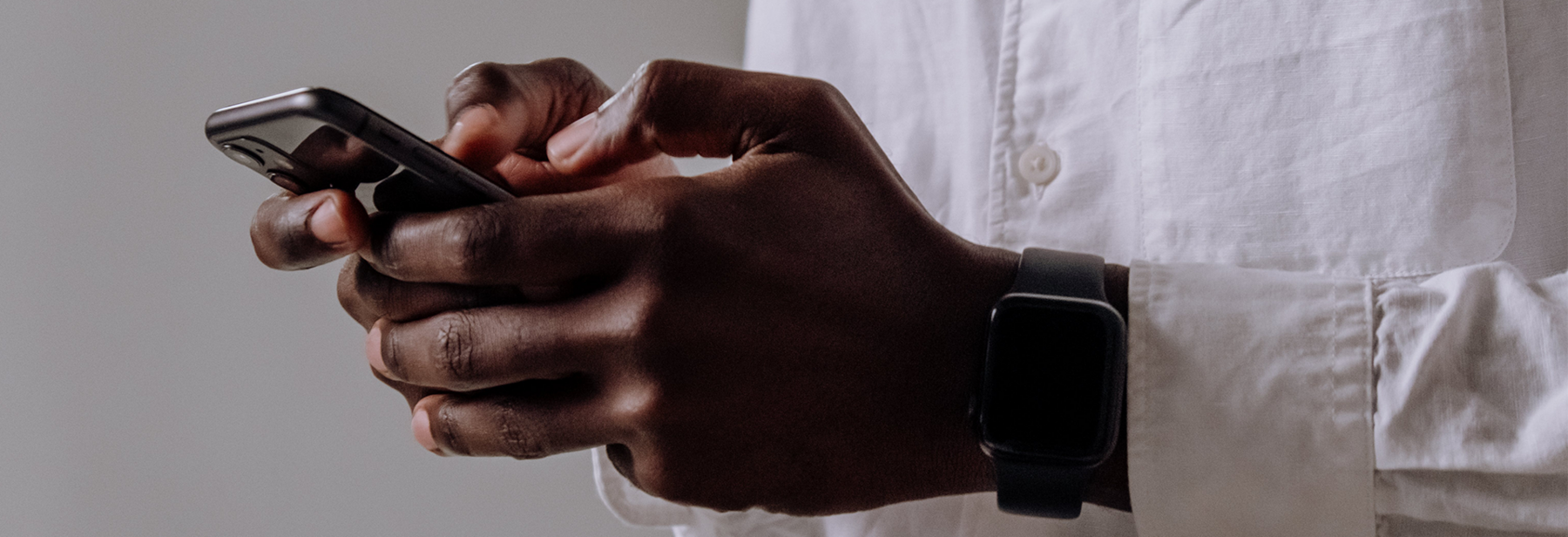
How to Influence Patients, and Clients, to "DIY"
Over the last year, I have had the remarkable opportunity to work with the Obesity Solutions Initiative, which is a collaboration between Mayo Clinic and Arizona State University. My work with this outstanding team of people has been varied and challenging, but my background in marketing has been a perfect fit for this endeavor.
When the Center for Services Leadership asked me to write a blog series about my experience working in obesity, I jumped at the chance. I feel that what I have learned here can be translated to many firm activities that take place today.
Obesity is an interesting challenge because I have to sell my “customers” the idea of health, and I have to sell this idea so well that these customers are willing to do something that they don’t really want to do in order to achieve it. This is similar to the research I did for my dissertation, where I worked with an energy company to sell the idea of mindfully reducing power consumption in the home in favor of the greater good.
In fact, many firms today are asking customers to inconvenience themselves in some way to help keep costs low: restaurants refrain from bringing water to the table unless asked, hotels encourage customers to reuse towels, and grocery stores ask customers to take their shopping carts to a return area, to illustrate few examples. Other firms provide services around activities that many people simply don’t want to do but should—home maintenance, annual health exams, and saving for retirement come to mind. Needless to say, what I am learning through my work has many applications elsewhere.
Specifically, in this blog series I want to talk about a project that I have been working on for the past nine months. It all began when Dr. James A. Levine, co-director of Obesity Solutions and an endocrinologist at Mayo Clinic, came into my office and lamented that he could tell patients all day long what they needed to do to lose weight, but when it came right down to it, they just didn’t do it. He was frustrated because he felt like he needed to talk to his patients in a different way but wasn’t sure how or where to begin.
In each blog entry of this series, I will talk about a different step in the process of solving this issue that Dr. Levine wanted to address. Some of these steps happen simultaneously, others in sequence. Specifically, I will discuss the following:
- Understanding the landscape: “What should we watch out for? What is the potential for misstep? What would the consequences be?”
- Brainstorming solutions: “What sorts of communication or messages can we try?”
- Defining the research question: “Will this solution solve that problem?”
- Designing a test: “How will I know if it works?”
- Execution: “Let’s do it!”
- Scaling the solution: “Great, it worked . . . now what?”
Each blog entry is meant to be a small digestible chunk of information of approximately five hundred words. However, it is worth noting again that this series covers over nine months of work; projects like these can take a long time in order to give them the careful planning and consideration that is necessary for success.
Kathryn K. Eaton earned her PhD in Marketing from Arizona State University, and her research interests include product and service design and transformative services research. She currently serves as Principal Strategist for Obesity Solutions under a joint appointment with Arizona State University and Mayo Clinic. In this role she studies the efficacy of health messaging, education, and interventions. You can reach her by email at [email protected].
Note: All content within this website is the property of Center for Services Leadership. Any use of materials, except for social media sharing, without the prior written consent of Center for Services Leadership is strictly prohibited.